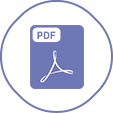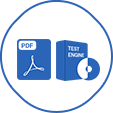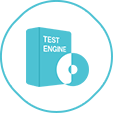Scenario 4 (continued):
BioNovaPharm, a German biopharmaceutical company, has implemented an artificial intelligence management system AIMSbased on ISO/IEC 42001 to optimize various aspects of drug discovery, including analyzing extensive biological data, identifying potentialdrug candidates, and streamlining clinical trial processes. After having the AIMS in place for over a year, the company contracted acertification body and is now undergoing an AIMS audit to obtain certification against ISO/IEC 42001.
Adopting a risk-based approach, the audit team focused on risk throughout their activities. The level of detail outlined in the audit plancorresponded to the scope and complexity of the audit. The team employed a ranking system for detailed audit procedures, prioritizingthose with the highest risk.
Once the stage 1 audit began, the audit team started reviewing the auditee's documented information. To assess whether BioNovaPharmcomplies with the legal and regulatory requirements related to incident communication, the audit team examined evidence provided bythe company’s external legal office. The evidence confirmed that BioNovaPharm applies the requirements of the EU Al Act, whichmandates that providers of high-risk Al systems report serious incidents to relevant authorities.
Following the completion of the stage 1 audit, John, an audit team member, documented the stage 1 audit outputs, including theobservations of the audit team that could result in nonconformities during the on-site audit. However, the audit team leader, Emma, whowas overseeing the audit activities, observed that John failed to document significant observations related to the lack of transparency inthe Al decision-making processes of BioNovaPharm. Considering that Emma observed John's lack of competence in undertaking some
audit activities, a disciplinary note was recorded for John.
Question:
Based on Scenario 4, is the decision of the top management representative not to provide theadditional evidence requested by the audit team justifiable?








